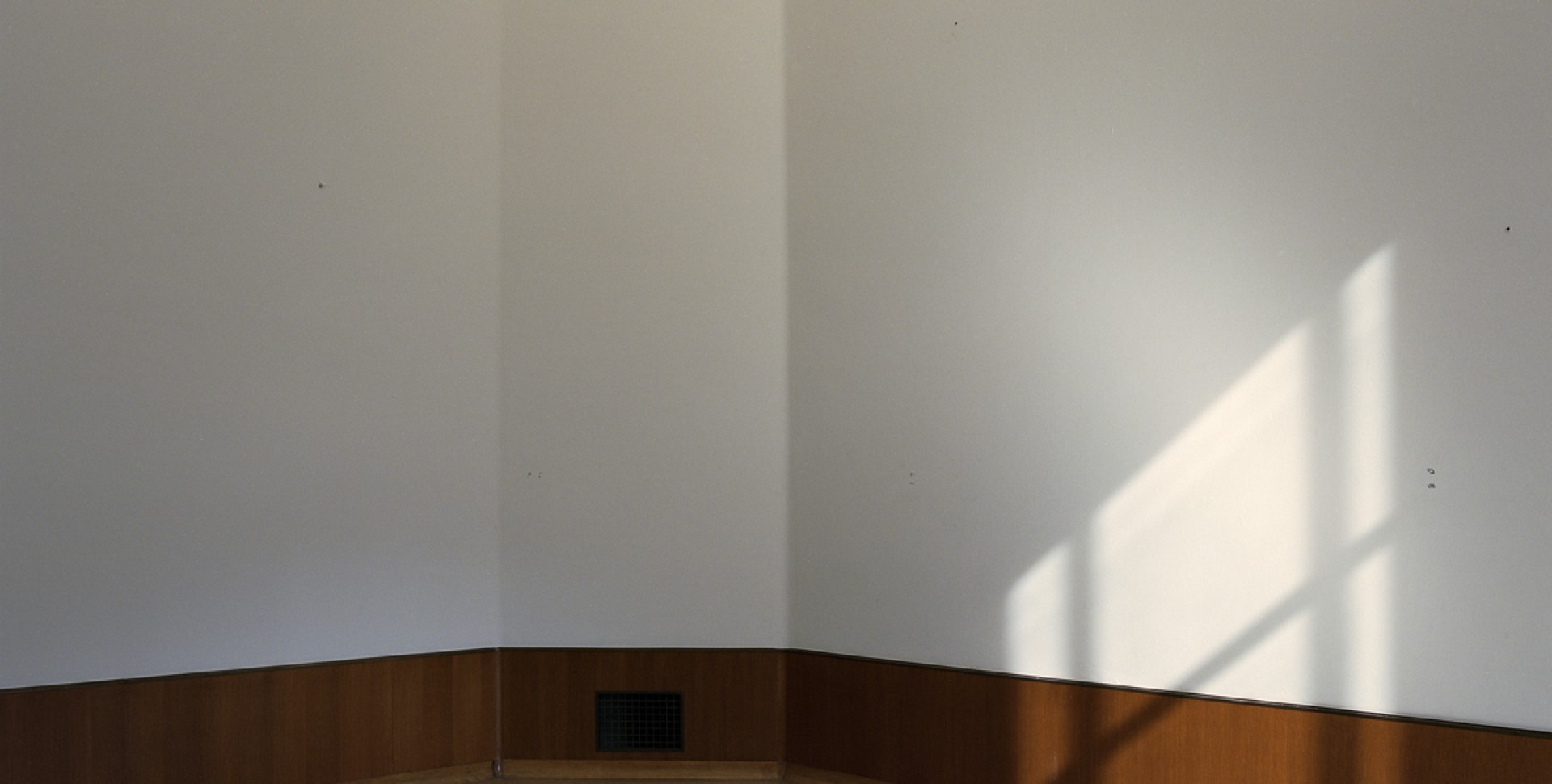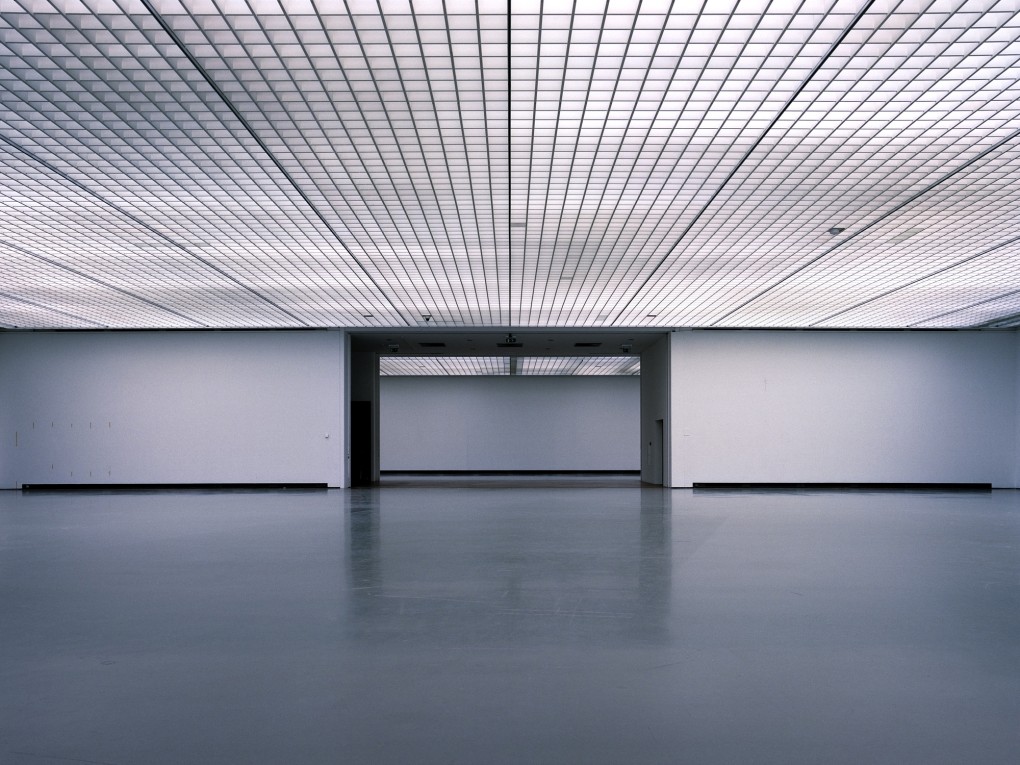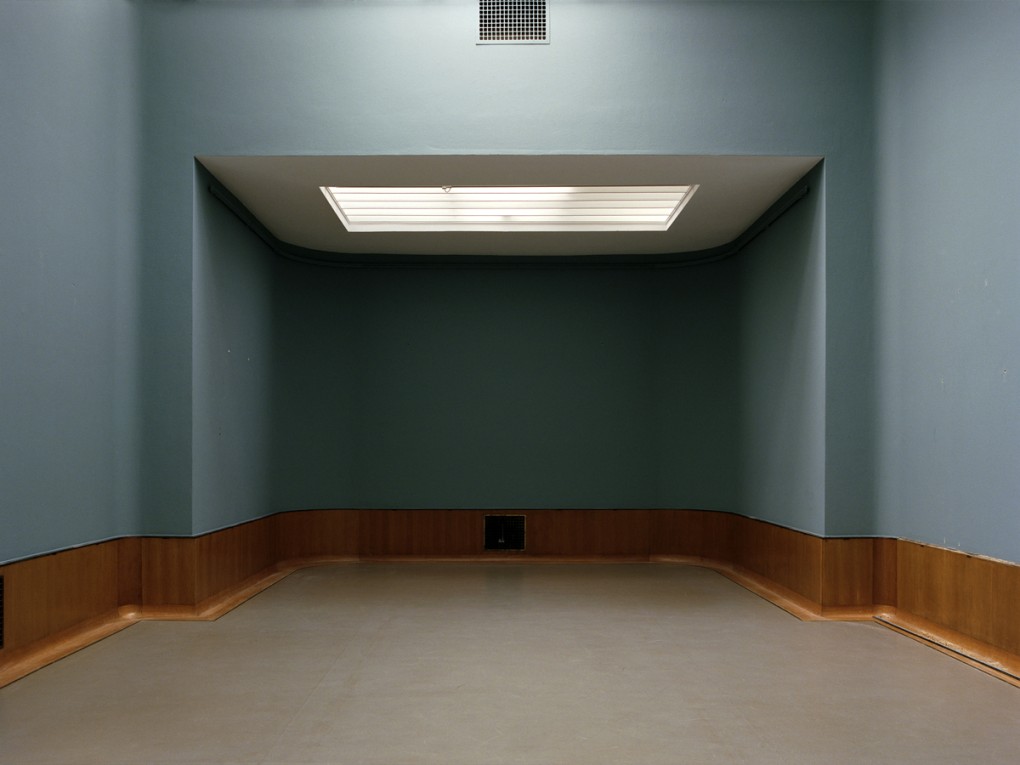Twilight Zone, Museum Boijmans Van Beuningen - Satijn Panyigay




Donors, friends and guests with a privilege pass may book a single or multiple time slots here
Donors, friends and guests with a privilege pass may book a single or multiple time slots here
Would you also like to experience more Boijmans or give a friendship as a gift? Join as a Friend and get invited for the annual Museumpark Vriendendag. Will we see you or your friend in the depot soon?

Satijn Panyigay makes photographic work that invites its viewer to slow down. She captures the silence of empty spaces and, staging it as a photograph, aims to unveil the layer underneath. Working with uninhabited grounds, Panyigay searches for presence in a seeming emptiness.
Museum Boijmans Van Beuningen closed its doors in 2019 for a long-term, large-scale renovation. Satijn Panyigay was allowed to take her time to capture the uncovered museum’s essence at a very special moment – a twilight zone between the museum’s closure and the start of the rebuilding, a state that no one sees. The museum walls, stripped of all the icons, got caught on camera as an object, losing their dominant role of a background that accommodates art.



Twilight Zone, Museum Boijmans Van Beuningen is part of a larger project in which Satijn Panyigay is capturing the character of the empty exhibition spaces of leading Dutch museums that display contemporary art by photographing between the shows. She also photographed the Kröller-Müller Museum in those short moments when a museum nearly loses its function, with no art on display and no visitors allowed.
Boijmans Van Beuningen’s case stands out as the institution got shut down for renewal for years and Panyigay was allowed to take her time to capture the uncovered museum’s essence. The rooms of Boijmans Van Beuningen have a recognizable architecture. Its spaces where icons of art can normally be seen are now empty, pending. The walls, floors, ceilings, colors, the incidence of light and traces of the previous exhibitions fill in the blanks of the museum’s identity. The empty rooms get to become the artwork.
“When art is not there, what do you then see? When you’re not distracted by the art? You only see the traces of what was there before, and your imagination fills in the rest – the stories, the happenings, and thus the photos invite you to go inward.”

A common thread running through the series Twilight Zone is that the emptiness confronts the one and makes space for the discovery of the internal machinations of the mind. Panyigay’s empty spaces are full of detail, character, the play of light, and the invisible tension. The more time it takes to discover the emptiness of Panyigay’s photography, the more presence it elicits. Just like a blank canvas to fill in.
One of the reasons why Panyigay chooses museums is for the fact of their intrinsic neutrality, their anonymity. Each exhibition has to convey a different story, therefore a space of display needs to be impersonal, nearly clinical. Panyigay enters those non-inhabited territories that carry neither heavy feelings nor human history and displays them for the eye to wander and for the viewer to face the inner world.
This approach rhymes with the exhibition of Yves Klein “The Specialisation of Sensibility in the Raw Material State of Stabilised Pictorial Sensibility” – a show better known as “The Void” for which all the walls inside the gallery and the window onto the street were painted white. Klein’s purpose was to create a space for the invisible pictorial climate, simply put – the mood. His bare room was paradoxically inhabited by the ‘sensibility’ and ‘pure energy’ of the artist who transforms the viewer’s experience of the exhibition.


In Satijn Panyigay’s oeuvre, there is always a harmonious balance between the light and the dark, cheerful and gloomy, resilience and vulnerability. Her work, in absence of any direct human narratives, is surprisingly humane – she addresses the feelings of its observer. “Being human to me is welcoming all emotions, not just the good ones. I see the beauty in so many things that aren’t perceived as such, especially when it comes down to sentiment, and I want to enhance that beauty. While photographing in those stimuli-free rooms, I often experience feeling everything at once and nothing at all, at the same time. That’s what I want to capture and take home with me on the film I use. But when my work is exhibited, it’s not about me anymore: it’s about you, the viewer, and your perception. Your mind is invited to run wild in, or silently sneak through, or have a bit of rest from the overwhelming outside world, in these spacious areas.”
Beneath the surface of the empty spaces lie such subjects as transiency and melancholy, resignation and hope for the future. Panyigay’s photography nourishes the calm from within.
Satijn Panyigay (1988) lives and works in Utrecht. She has participated in exhibitions at, amongst others, Fotomuseum Den Haag, Museum Tot Zover (Amsterdam), Villa Mondriaan (Winterswijk), and art fairs such as Art Rotterdam, Unseen Photo Fair, PAN Amsterdam and Amsterdam Art Fair.